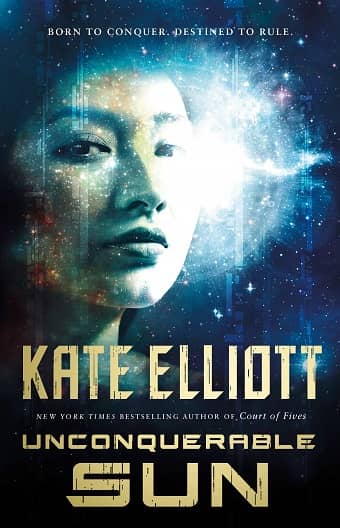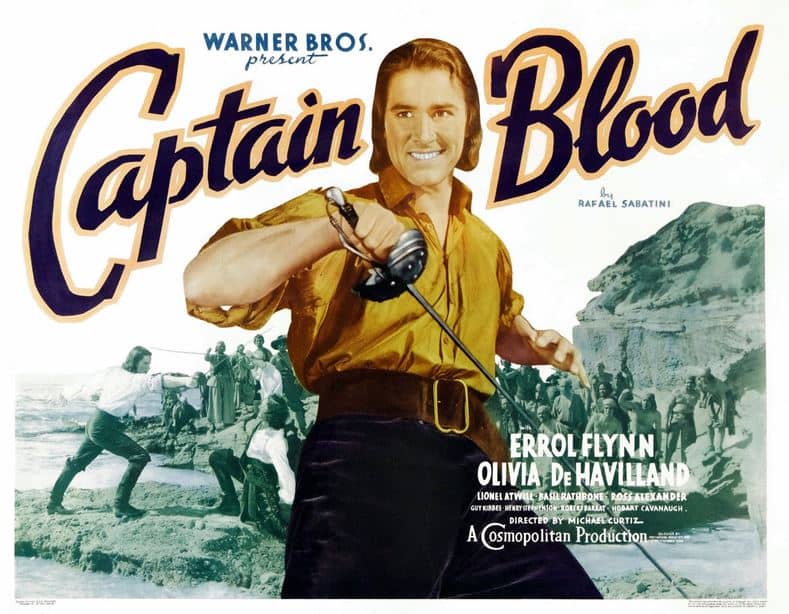Fantasia 2020, Part II: Clapboard Jungle
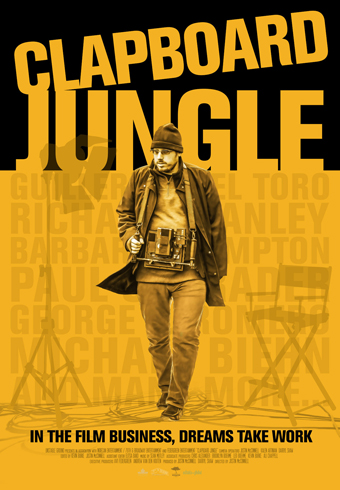 Most of the movies I want to see at Fantasia 2020 play at a scheduled time, but quite a few are available on demand for the next two weeks. One of those struck me as a good place to start this year’s unusual Fantasia-from-home: Justin McConnell’s documentary Clapboard Jungle. It’s about the process of putting a film together, focussing not so much on the technical details of directing but the much longer struggle to find financing.
Most of the movies I want to see at Fantasia 2020 play at a scheduled time, but quite a few are available on demand for the next two weeks. One of those struck me as a good place to start this year’s unusual Fantasia-from-home: Justin McConnell’s documentary Clapboard Jungle. It’s about the process of putting a film together, focussing not so much on the technical details of directing but the much longer struggle to find financing.
McConnell’s previous film Lifechanger is the central case study for Clapboard Jungle. That movie played at Fantasia in 2018 (I thought it was a success, despite a few quibbles about plotting and concept), so I knew going in there’d be at least a glimpse of the familiar Hall and De Sève Theatres. I got that, and the sight of a few familiar festival faces. More important, I also got an intriguing documentary that showed the modern film industry from an unusual angle.
The movie’s structured around a video diary McConnell started in 2014, when he set out to make a new film. The movie he ended up making was not the movie he then expected to make, and Clapboard Jungle does a good job following the twists and turns that led him to Lifechanger. The loose narrative works because it gives McConnell a strong frame into which he fits interview snippets with filmmakers, producers, film festival organisers, and other industry people.
These snippets are well-chosen, illustrating the points McConnell wants to make. And they’re edited tightly, giving the film a fast pace, presenting a lot of information and ideas very quickly. McConnell starts with autobiographical material to set up why and how he got into film, but from there keeps a good balance between his personal story and the interviews that make up the larger part of Clapboard Jungle. He’s able to use the structure of the diary and the interviews to maintain a sense of forward narrative momentum while showing the process of arranging financing for a movie, which the film makes clear is a long, tedious, repetitive slog. As well, beyond documenting the stalls and reversals and occasional leap forward of the development process, he also shows himself slowly learning the ropes — going to film festivals and markets, for example. We have the feeling of learning about the process at the same time he does, which gives the documentary a needed sense of progress.
The heart of the film is this long struggle to set up a project, showing by example how a film comes to be — or, more usually, does not come to be. It’s a reminder that every film I or you watch, at Fantasia or elsewhere, beat the odds just by coming into existence. McConnell shows us what those odds really are. It’s a bracing look at a side of the industry that rarely comes into focus for outsiders.
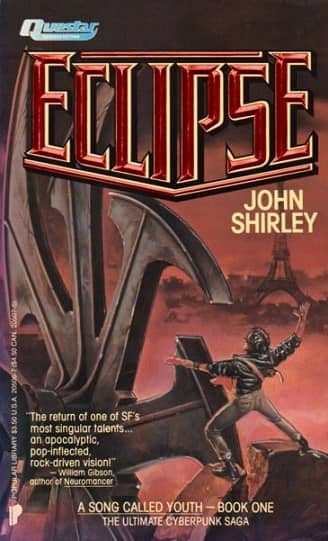
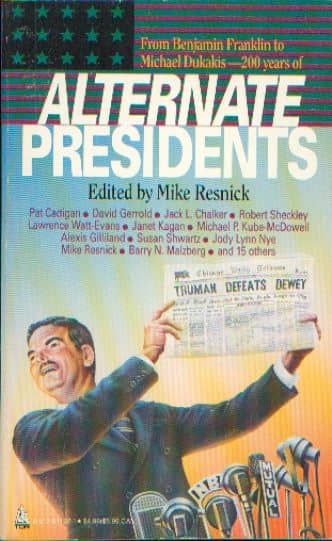
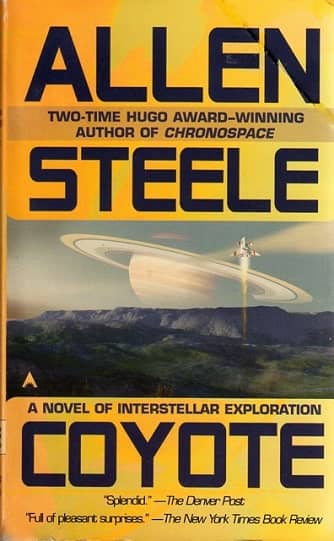
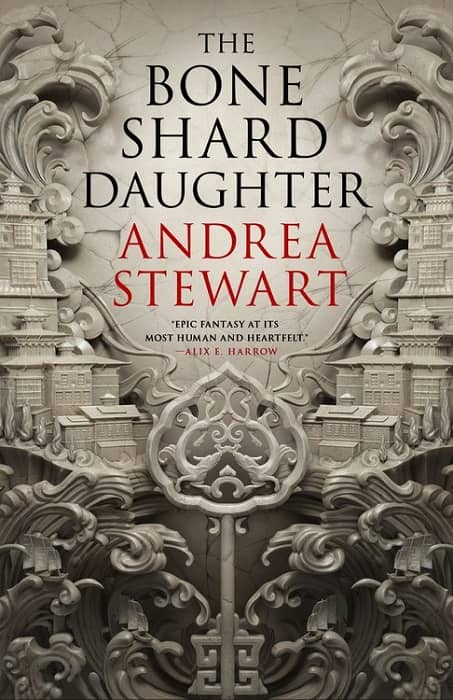
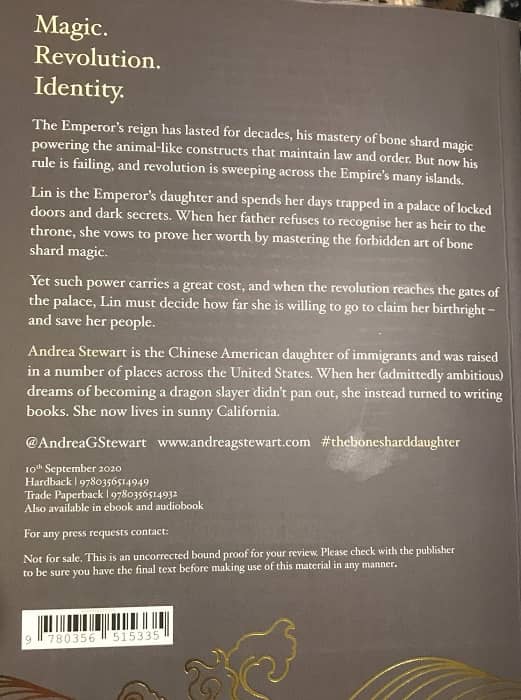
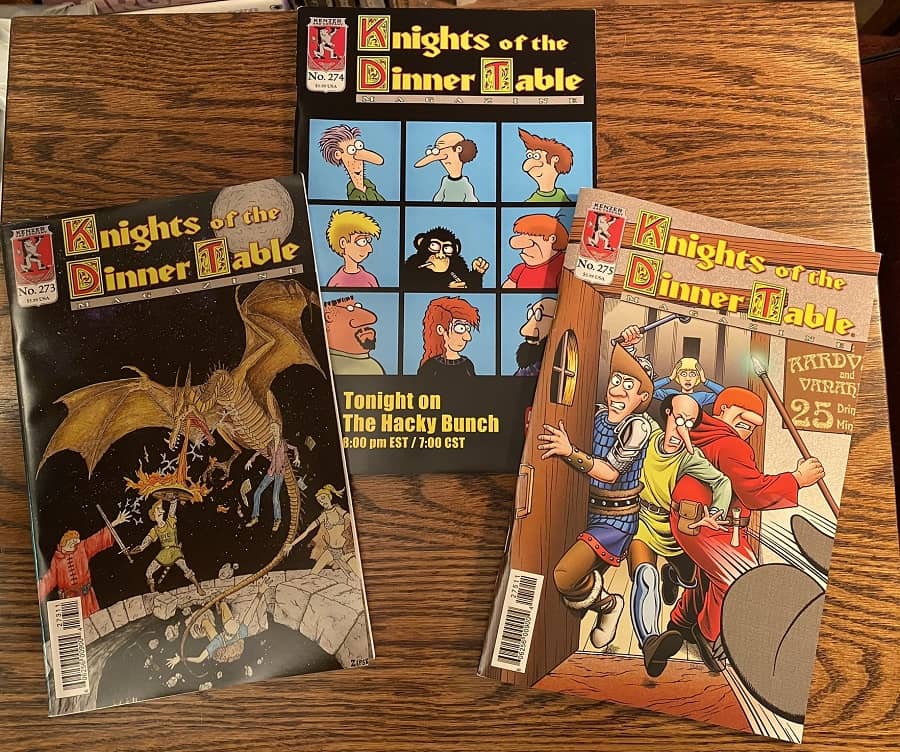
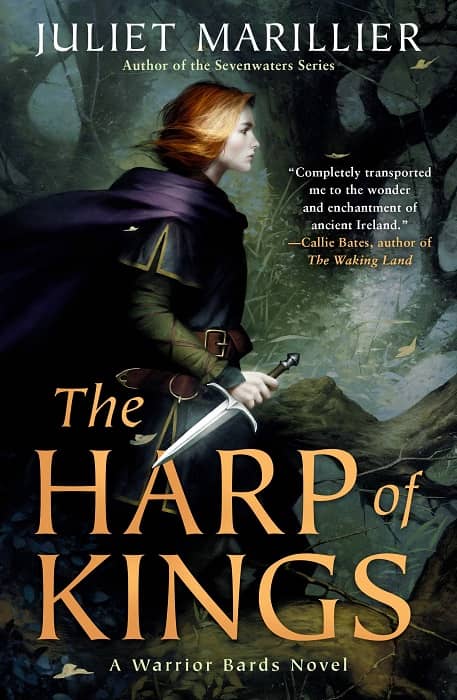
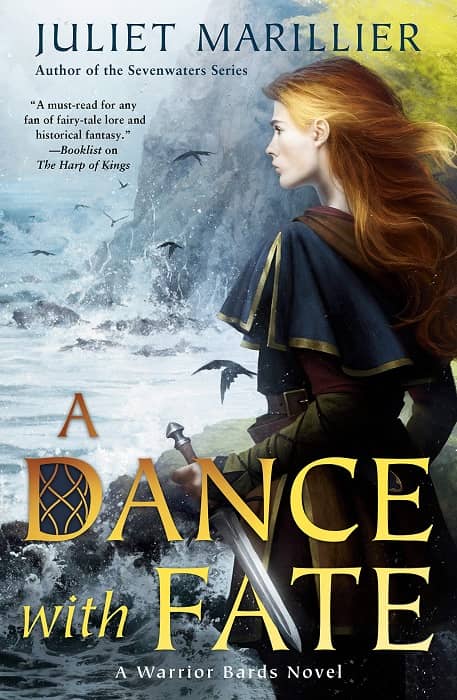
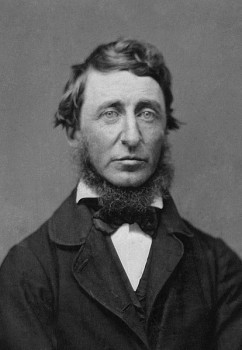
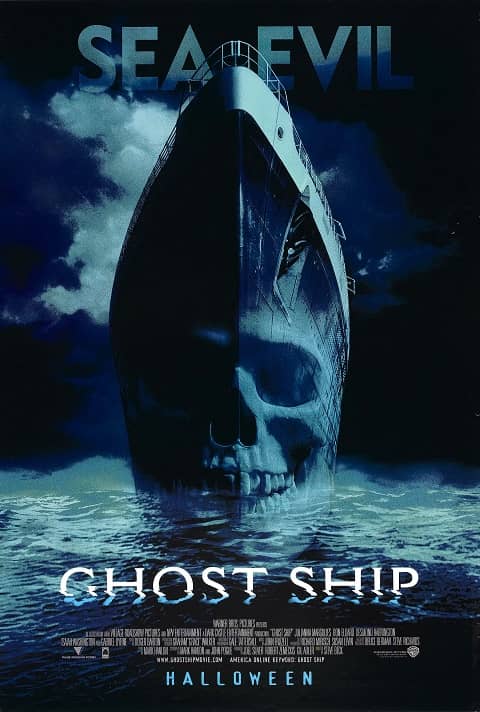
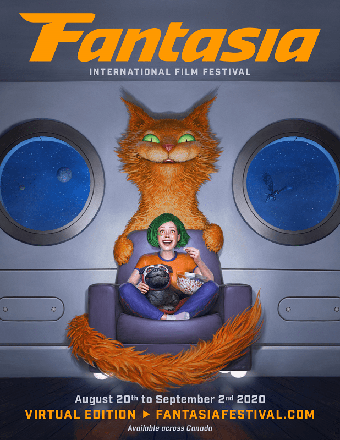 Usually by this point in the year I’ve begun posting reviews of films I saw earlier in the summer at Montreal’s Fantasia International Film Festival. Here as elsewhere, things are different in 2020. When the coronavirus pandemic hit, Fantasia was postponed to the end of August. It looked like this year’s Festival was in danger of not happening at all. But the wonderful and dedicated people behind Fantasia have made it work;
Usually by this point in the year I’ve begun posting reviews of films I saw earlier in the summer at Montreal’s Fantasia International Film Festival. Here as elsewhere, things are different in 2020. When the coronavirus pandemic hit, Fantasia was postponed to the end of August. It looked like this year’s Festival was in danger of not happening at all. But the wonderful and dedicated people behind Fantasia have made it work; 